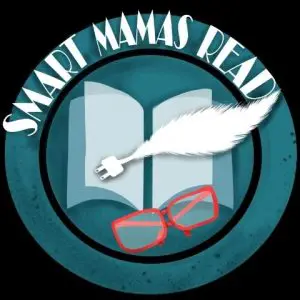Whether you’re looking for a compelling series of audio books for your commute, a quick pick to take on vacation or a recommendation for a male reader in your life, this list compiles the best...
Tag: reading
When you teach empathy to kids, you solve a host of other problems. Have you ever wondered how to get kids to share? How to get them to be kind to one another? How to stop bullying? The missing...
This list is broken into three parts, each focusing on different elements of the Hatchet story that I find compelling. First of all, it’s a survival story. If the popularity of the reality...
Looking for a life changing book? In my half century of passionate reading, I’ve encountered 22 exceptional books. Often profoundly simple, the ideas in these books have germinated and...
How Do You Create a Relatable Character in Historical Fiction?
“Who is the right person for the story I want to tell?” “What about this character will be interesting to readers?” “How is the character going to grow?”
The 19 Best Project Gutenberg Books (with links to begin reading immediately)
I'd heard about Project Gutenberg's vast digital library, but wasn't sure if PG would have any books I'd like. When I finally checked it out, I was overwhelmed by the selection of great books that...


